Duke of Buckingham was ousted in parliamentary leadership spill by an assassin’s knife
THERE was a time when knifing a leader actually meant drawing a blade, such was the case when the king’s chief minister the Duke of Buckingham met his end in 1628.
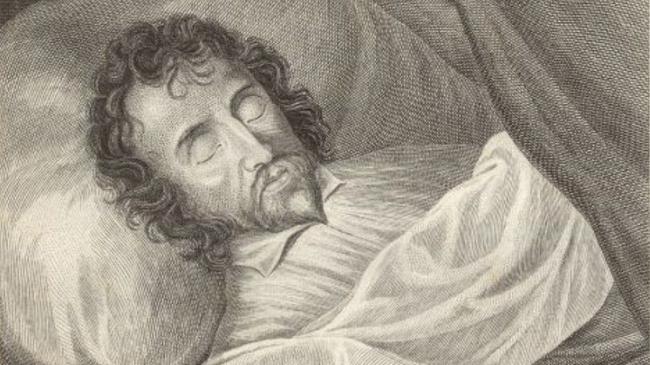
Today in History
Don't miss out on the headlines from Today in History. Followed categories will be added to My News.
IT is often said that when a leader’s position is challenged his colleagues “knife him (or her) in the back”. If the “knife” attacks in Canberra in recent years were real, the corridors of power would be regularly flowing with blood.
But there was a time when politicians had to be careful of being literally stabbed by disgruntled opponents. Such was the case of George Villiers, the Duke of Buckingham, the favourite minister of King Charles I and reputed lover of Charles’ predecessor King James I.
Buckingham virtually ruled the country on behalf of the young Charles, but his leadership had been a series of disasters and he had become one of the most hated men in England.
The knives were out, figuratively and literally. On August 23, 1628, 390 years ago today, as Buckingham breakfasted at the Greyhound Inn on the high street in Portsmouth, danger lurked in the form of a disgruntled young army lieutenant John Felton.
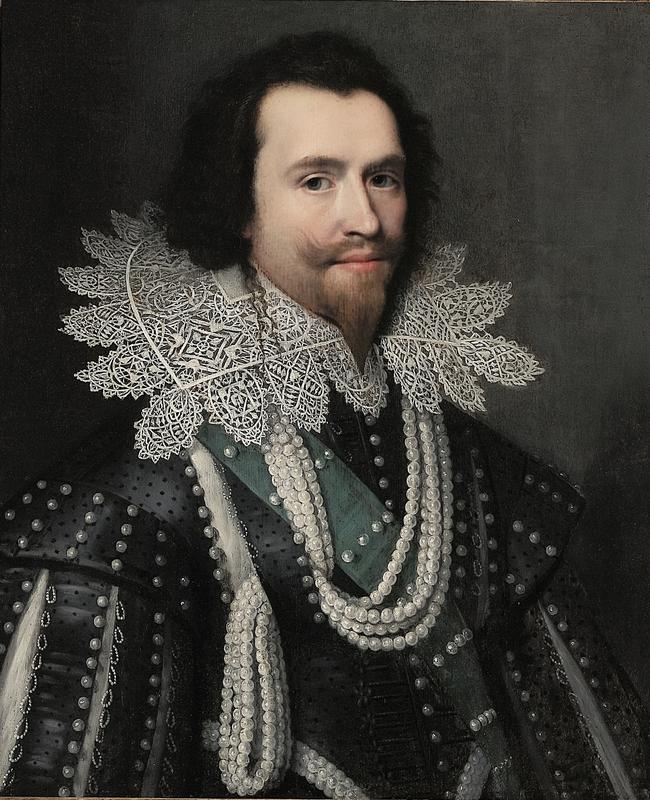
After reading that Buckingham had been remonstrated by parliament, Felton believed the politician was responsible for him being denied a promotion to captain. Felton had petitioned members of parliament and tried to work his political connections. But after no result, he took matters into his own hands. He mingled with the crowd at the Greyhound Inn and as Buckingham finished his breakfast, Felton made his way toward politician and plunged a knife into his chest.
Buckingham yelled out “villain” and tried to run after Felton but fell down dead. Felton escaped through the kitchen but gave himself up to the Duke’s men.
It was an abrupt end to Buckingham’s meteoric rise and a rocky period as the king’s chief minister.
Born George Villiers in Leicestershire in August 1592, he was the son of a minor knight George Villiers Sr, one-time high sheriff of Leicestershire and later a Knight of the Shire. Villiers was not academically gifted at school but excelled at dancing, fencing, and horse riding. He was also charming and handsome and his mother decided he should become a courtier.
After training in Europe, Villiers met Sir John Graham, a member of the Privy Chamber, who mentored him at the court of King James in 1611. When James met Villiers in 1614 the king took an instant liking to him.
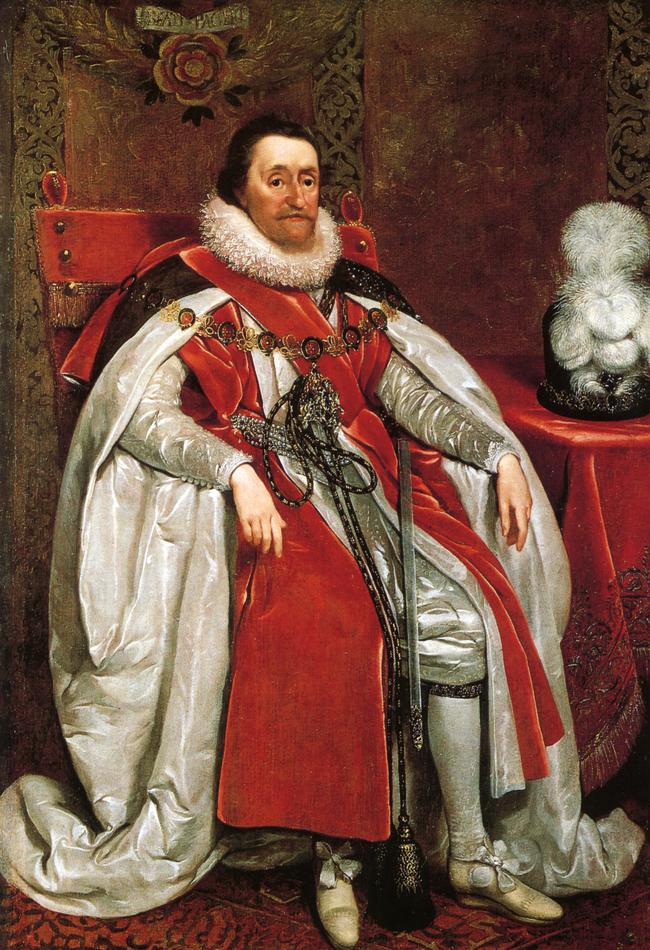
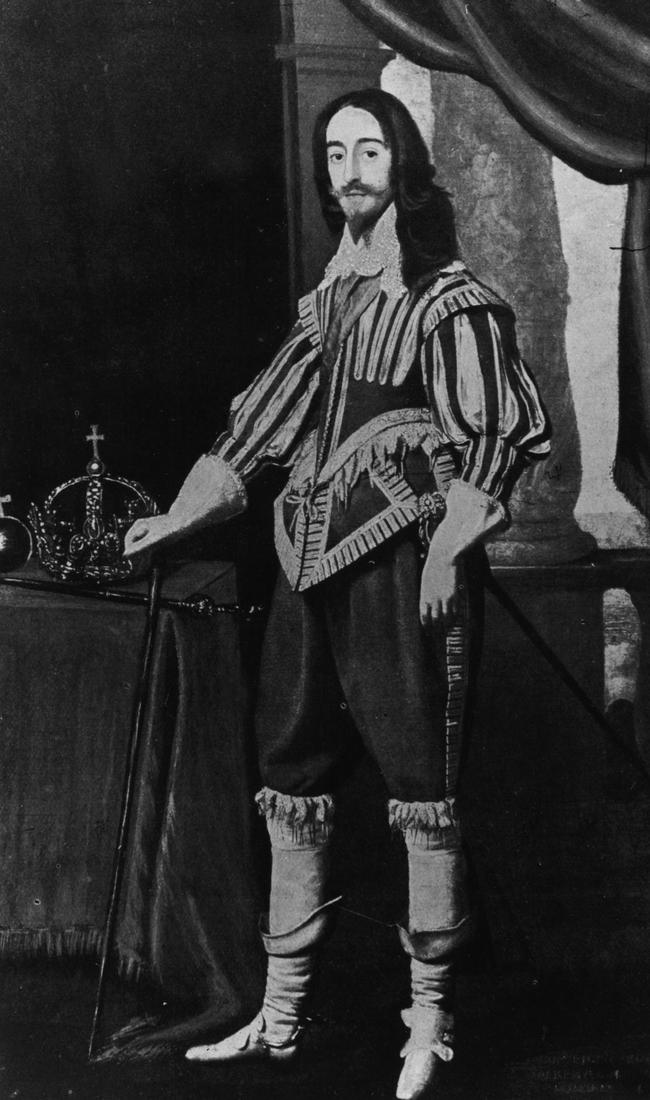
Although James had sired two heirs, he lived separately from his wife Anne of Denmark and filled his court with beautiful young men.
Villiers soon became his favourite and so began a rapid rise. He was made Royal Cup Bearer, serving drinks at the king’s table. In 1615 he was knighted as gentleman of the king’s bedchamber, sharing the king’s bed during a royal tour of the country. In 1616 he was elevated to the king’s Master of the Horse, looking after the royal stables, a job carrying certain military clout.
In 1617 the king revived the title Earl of Buckingham for his favoured courtier, telling the Privy Council “You may be sure that I love the Earl of Buckingham more than anyone else, and more than you who are here assembled.”
In 1619 he was made Lord High Admiral and, in 1623, he was granted the dukedom of Buckingham, raising him second only to the king in the ranks of nobility.
That year he botched an attempt to marry James’ son Prince Charles to the daughter of the king of Spain, to make an alliance with Spain. Instead he urged James to wage war against the Spanish.
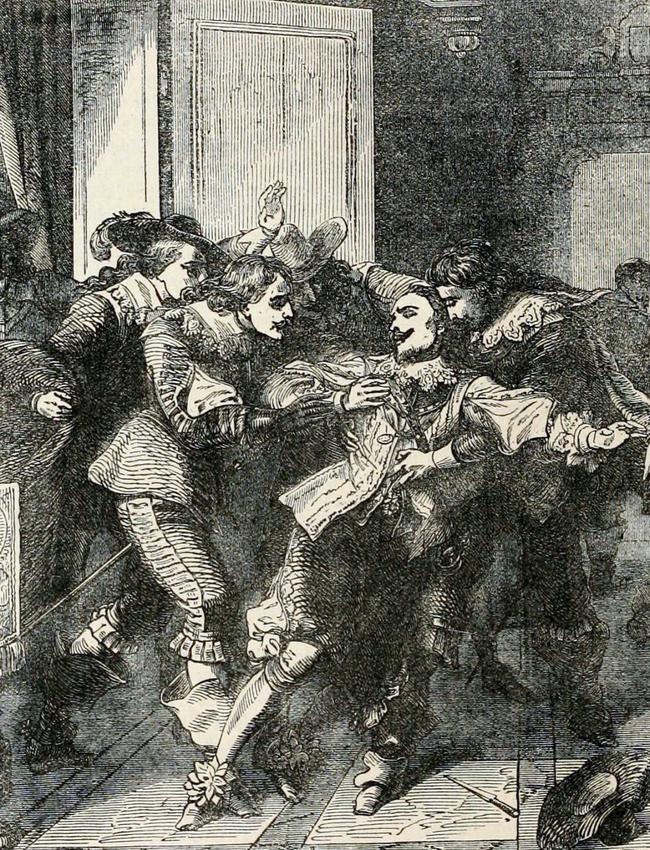
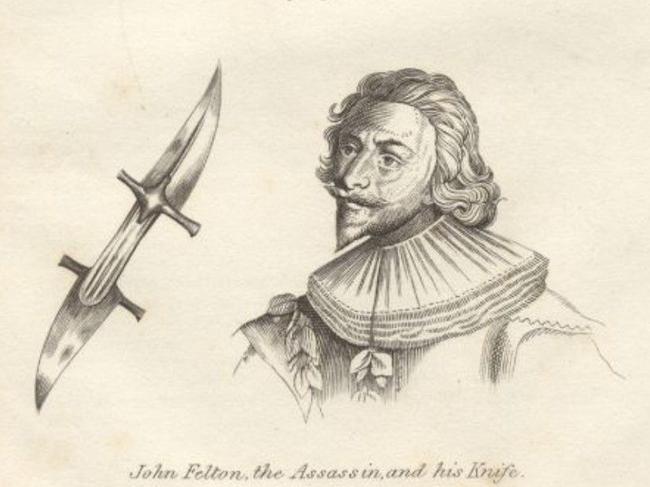
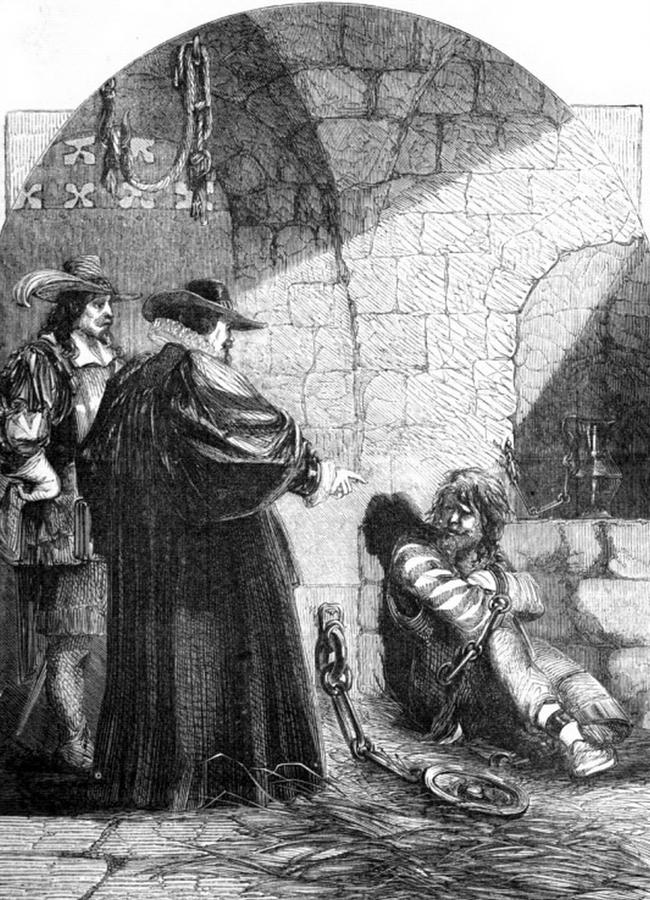
When James died in 1625 and Charles took the throne, Buckingham remained the king’s favourite, having befriended Charles as his dance teacher. But Buckingham got on the bad side of parliament by arranging for Charles to marry a French Catholic princess, and launching a disastrous strike against the Spanish port of Cadiz. When a bill to impeach Buckingham was introduced to parliament in 1626, Charles dissolved the parliament to save him.
Buckingham took personal command of troops to attack La Rochelle in 1627 but, despite fighting bravely, was forced to withdraw after a fruitless four-month campaign.
Felton was one of the men who served under Buckingham. But when he was passed over for promotion after the military disaster, Felton decided to end the rule of the duke by killing him at the Greyhound Inn.
The people of England rejoiced at the news but the king went into mourning and became deeply distrustful of parliament.
Thinking he was part of a parliamentary conspiracy, Felton’s jailers tortured him to give up names of his collaborators. But Felton stuck to his story that he acted alone. He was executed in November 1628.

